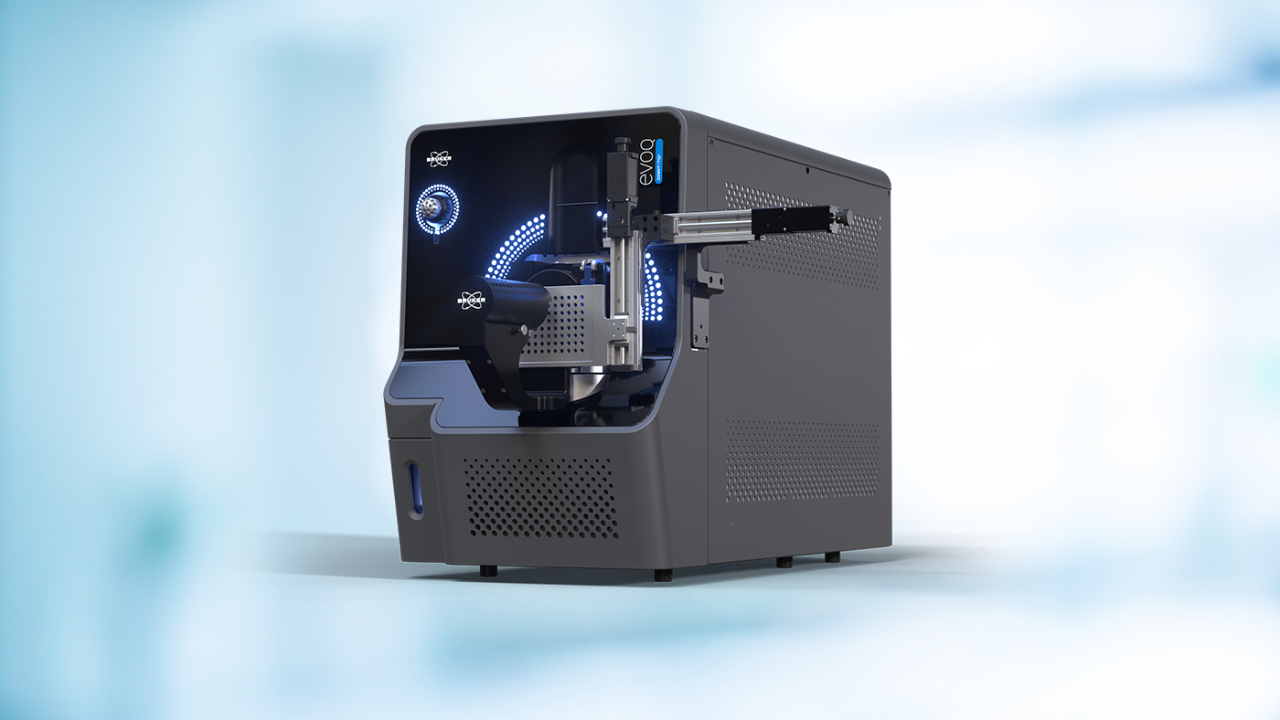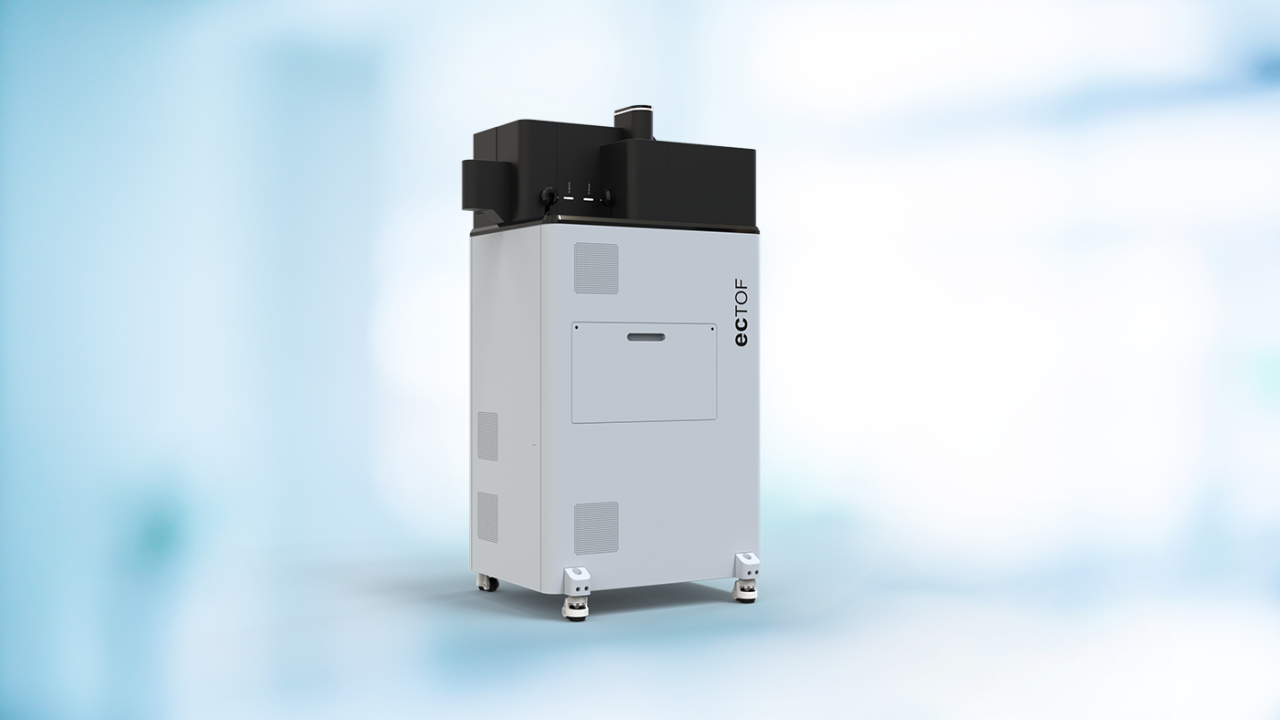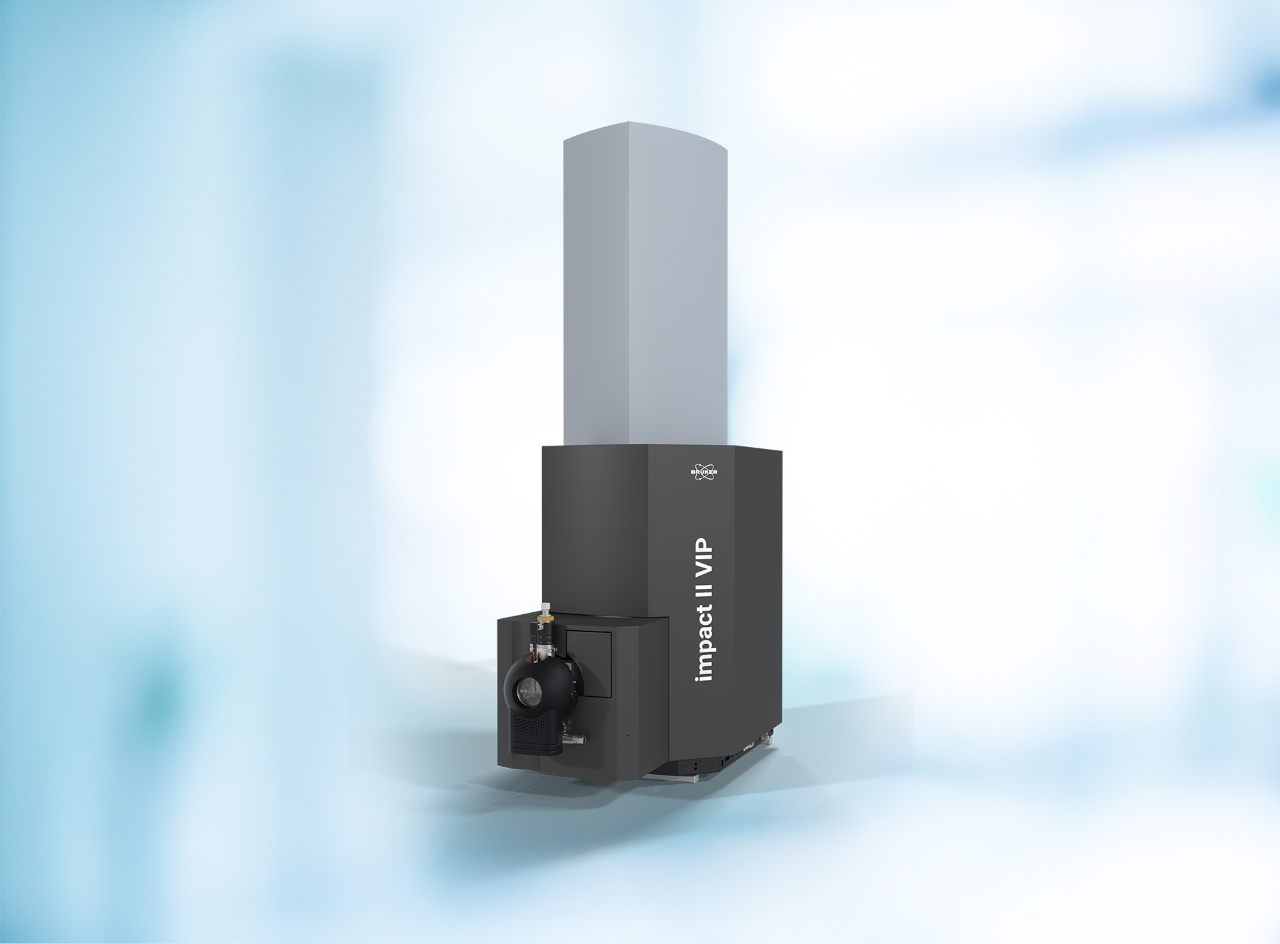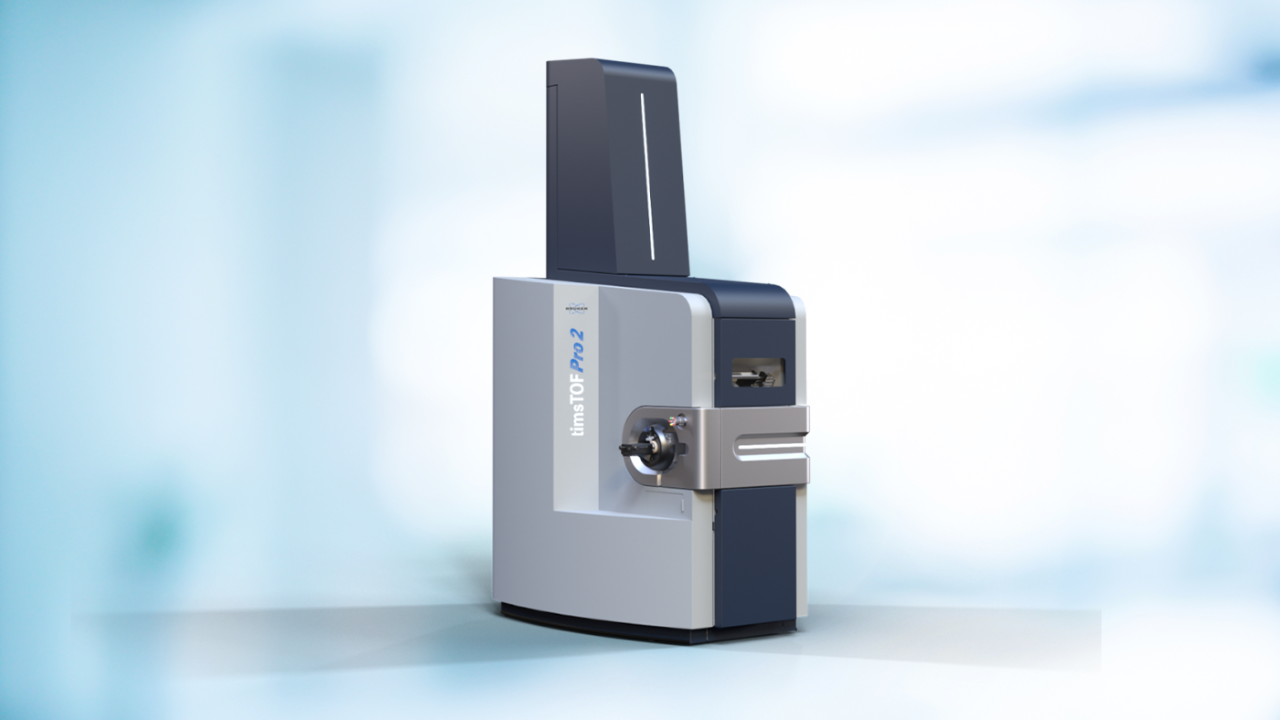

SETAC Europe 35th Annual Meeting
Welcome to SETAC 2025
We are delighted to welcome you to the 35th Annual Meeting of the Society of Environmental Toxicology and Chemistry (SETAC) in Vienna, Austria.
The SETAC Annual Meeting provides a unique opportunity for scientists, researchers, practitioners, and enthusiasts to exchange insights on the latest developments in environmental toxicology and chemistry. Expect exciting presentations, discussions, workshops, and networking opportunities.
The Bruker team is looking forward to meeting you and discuss our latest analysis solutions that are designed for the simultaneous detection and quantitation of multiple targets for fast, accurate results.
Visit our booth (No. 64) and gain insights into:
- Routine Screening and Definitive Identification of PFAS: Quickly screen and quantitate targeted PFAS compounds with sensitive, robust triple quadrupoles or unleash the spectacular capabilities of trapped ion mobility spectrometry (TIMS) with HRMS and MS/MS for non-targeted analysis to generate high-quality 4-dimensional datasets that confidently identify and fully characterize the global array of PFAS compounds.
- Water Analysis: Our water safety portfolio covers triple quadrupoles for regulated targeted analysis and high-resolution mass spectrometers alongside intuitive software to offer cost-effective and high-performance solutions. Have a look at the ecTOF, the only GC-HRMS with simultaneous EI and CI sources for an unambiguous and direct identification of unknowns.
- Dioxin Identification: The Bruker quadrupole time-of-flight (QTOF) mass spectrometer provides high resolution, high value data for broad screening workflows. The TargetScreener workflow with Bruker’s GC-APCI II source can clearly and quickly identify and quantitate dioxins from food, water, soil, and air samples. With the transitition to a timsTOF instrument that enables trapped ion mobility spectrometry (TIMS), background noise is reduced and sensitivity is increased, enhancing the analysis of dioxins.
- Multi-Residue Pesticide Screening and Quantitation: High speed pesticide analysis without sensitivity compromises – designed with extremely fast electronics the EVOQ® DART-TQ+ provides fast acquisition speed of up to 1,000 MRMs/second. This results in the ability to analyze many co-eluting pesticides with no loss of sensitivity.
You can also catch up with our team during the presentations. See below the detailed schedule.
We are excited to meet you in Vienna!
35th Annual Meeting of the Society of Environmental Toxicology and Chemistry
11 - 15 May 2025
Vienna, Austria
The Austria Center Vienna
Visit our Bruker booth No. 64
Join us at the Poster Exhibition and learn more about our approaches for environmental analysis
Click on the poster title to go to the official SETAC webpage and read the abstracts for the posters. All poster presentations listed will be held in the area Level -2, Austria Center Vienna (ACV).
Join us and our cooperation partners for the talks at SETAC
Click on the talk title to go to the official SETAC webpage and read the abstracts. All presentations listed will be held in the area Hall M (Level 1, ACV).
| Date/Time | Topic | Title |
|---|---|---|
| Monday, 12 May, 11:50 am | Xenobiotics Identification | 3.07.B.T-02 Chemical characterization of the prenatal exposome through the analysis of cord blood samples using liquid chromatography coupled to trapped ion mobility spectrometry-high resolution mass spectrometry |
| Tuesday, 13 May, 09:30 am | Xenometabolome Analysis | 3.09.A.T-01 Integrating TIMS-PASEF with LC-HRMS and Biotransformation-Driven Suspect and Non-Target Screening Workflows to Address Key Challenges in Xenometabolome Analysis |
| Thursday, 15 May, 11:50 am | PFAS | 3.11.T-02 Unveiling the PFAS fingerprint in biota leveraging the technique LC-VIP HESI(-)-TIMS-HRMS and untargeted workflows |
We are now developing and applying global untargeted characterization approaches in biological and environmental samples, specifically focusing on emerging halogenated POPs and also on metabolomics and lipidomics, utilizing Bruker’s state-of-the-art mass spectrometry detection techniques.
Professor Gauthier Eppe, Head of the Mass Spectrometry Lab, Université de Liège, Belgium
We’ve teamed up with Professor Gauthier Eppe and his brilliant team at the Université de Liège to push the boundaries of persistent organic pollutant (POP) analysis. Using the state-of-the-art timsTOF Pro 2, we’re making strides in understanding and mitigating the impact of harmful contaminants like dioxins and PFAS.
Download the customer insight story and learn how we are enhancing POP analysis in the food and environmental sectors using trapped ion mobility spectrometry (TIMS). This innovative approach combines the precision of mass spectrometry with world-class software, offering rapid and accurate analysis of a wide range of contaminants.
For Research Use Only. Not for use in clinical diagnostic procedures.




